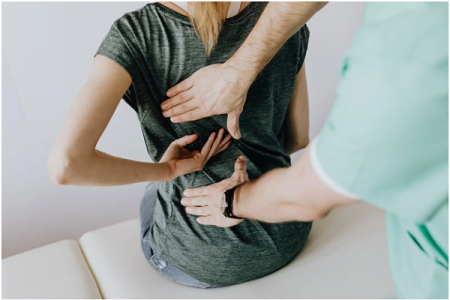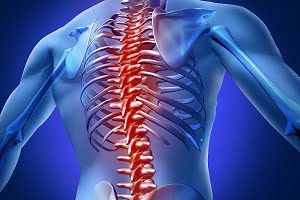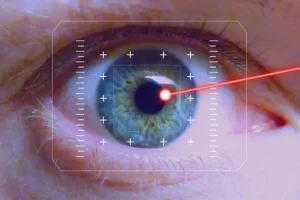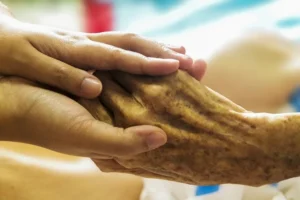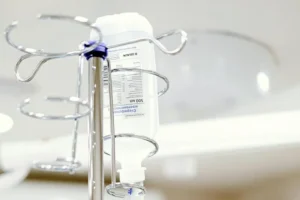What Are the Recommended Exercises for Osteoporosis Patients?
- Updated on: Jul 9, 2024
- 3 min Read
By
- Published on Sep 27, 2019
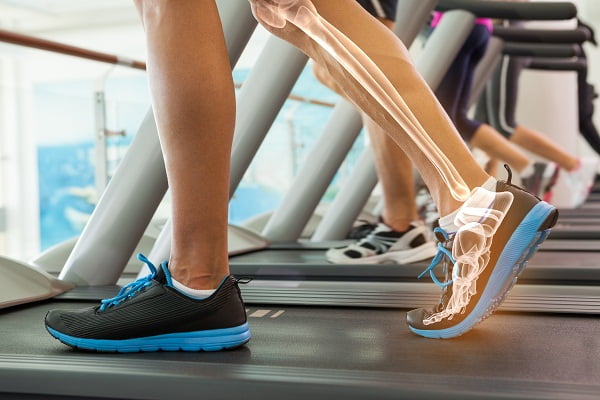

Exercises for osteoporosis
Regular exercise is essential for every single person irrespective of gender, age or health. More precisely, adults aged 19 to 64 should save some time say half an hour to an hour for moderate-intensity aerobic activity, such as cycling or fast walking every day.
It is said that one should work out at least five days in a week.
Benefits of exercise
It’s never too late to start exercising. There are many advantages of regular exercise including:
- Increases muscle strength
- Make bones flexible
- Improve your balance
- Decrease the risk of bone fracture
- Keep body fit and healthy
- Maintain and improve the body posture
- Relieve or decrease pain
However, every exercise is not for everyone. There is no single exercise plan that works best for everyone with osteoporosis. The routine should suit the body of the person.
The factors that influence the exercise routine for osteoporosis patients are given below:
- Fracture risk
- Muscle strength
- Body stamina
- Range of motion
- Level of physical activity
- Fitness
- Gait
- Balance
Certain health problems like obesity, high blood pressure and heart disease are also considered before starting any exercise.
Your doctor is the best person to advice on the exercise, when to start and which physical therapist to choose.
Types of exercise for osteoporosis
Exercise is very important for healthy bones and for preventing osteoporosis. There are different types of exercise for osteoporosis patients:
Weight-bearing Exercises for osteoporosis
Weight-bearing exercises are performed while standing. These exercises work on the bones and muscles against gravity. They put stress on the bones making them stronger and denser and reduce the risk of osteoporosis.
Weight-bearing exercises can be of two kind-high-impact or low-impact.
High-impact weight-bearing exercises
High-impact weight-bearing exercises help build bones and keep them strong. People, who have broken a bone due to osteoporosis or are at risk of breaking a bone, should avoid high-impact exercises.
Examples of high-impact weight-bearing exercises are:
- Dancing
- High-impact aerobics
- Hiking
- Jogging/running
- Jumping Rope
- Stairs climbing
- Brisk walking
- Tennis or other racquet sports
- Yard work, like pushing a lawnmower or heavy gardening
Low-impact weight-bearing exercises
Low-impact weight bearing exercises also help keep bones strong. They are also a safe alternative in case someone cannot go for high-impact exercises.
Examples of low-impact weight-bearing exercises are:
- Using training machines
- Low-impact aerobics
- Using stair-step machines
- Fast walking
Muscle-Strengthening Exercises
Muscle-strengthening exercises are designed for the following purposes:
- increase lean muscle tissue
- improve structural strength
- decrease excess body fat
- increase endurance
- provide several additional physical and psychological benefits
These exercises include activities in which the body, a weight or some other resistance is moved against gravity.
Some of the muscle-strengthening exercises are:
- Lifting weights
- Working with elastic exercise bands
- Climbing stairs
- Using free weights
- Using weight machines
- Hill climbing
- Lifting your own body weight
- standing and rising up on toes
- Resistance tubing that comes in a variety of strengths
- Water exercises
Non-impact Exercises
The non-impact exercises improve the coordination, flexibility and muscle strength. They don’t directly strengthen your bones.
Doing these exercises lower the chance of a fall and bone breakage. These can be done every day. Some of these exercises are:
Balance exercises
Balance exercises help maintain the balance and confidence at any age. But for an older adult, balance exercises are especially important because they can help prevent falls and maintain the independence of the patient.
Example of balance exercise is Tai Chi. It can strengthen the leg muscles and help to maintain the balance of the body.
Posture exercises
Posture exercises include stretching and strengthening. These exercises help treat the sloping shoulders (happens in osteoporosis) and lower the chances of spine fractures.
Examples of posture exercises are yoga and pilates. However certain positions in yoga and pilates may not be safe for the osteoporosis patients.
Exercise including forward bending is more likely to break a bone in the spine. Consulting with the doctor before starting an exercise is the best way to avoid any such miss-happening.






